.
Part 3 - Ground Activities You Might Be Doing With Your Horse That Can Create Aggressive Behavior and a Loss of Control From the Saddle
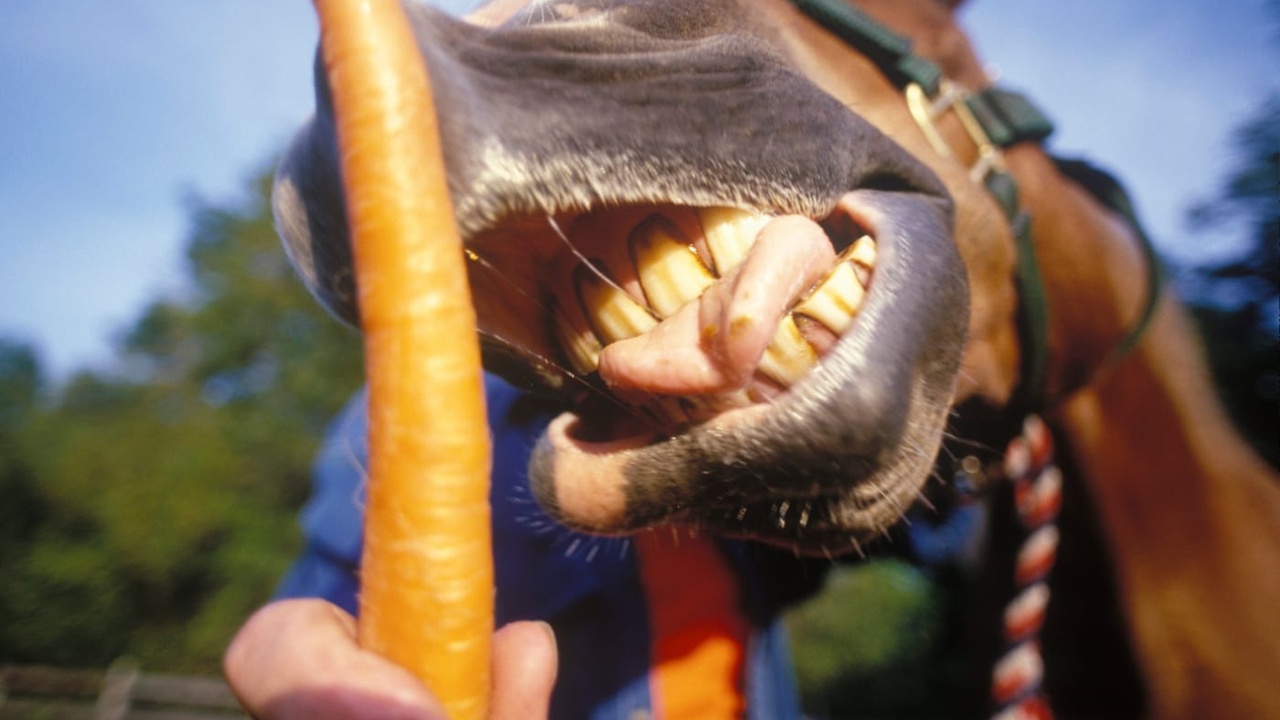
Grabbing Or Begging For Treats
When a foal is born the first lesson he learns from his mother is when to eat and when not to eat. Horses use food to develop relationships. They use it to establish friendships and pecking order rights. Bonding over sharing food and learning how to graze together leads to the unification of the herd. In actuality, horses see all interactions as social events, and these events take place around food. In the Resnick Method, we work with the horse’s natural instincts and communicate with him in his own language. Horses use food to establish themselves in the pecking order and we are doing the same thing.
It is acceptable to use treats at the beginning of horse training, but as you go along, the treats could become a handicap if you do not understand how to use them. Try not to use anything that will over-excite your horse. The manner in which your horse receives a treat is very important to avoid food dominance behavior and aggressive begging for treats...
PART 2 - Ground Activities You Might Be Doing With Your Horse That Can Create Aggressive Behavior and a Loss of Control From the Saddle

Last week I discussed how there are some ground activities that you may be doing with your horse that could create aggressive behavior in your horse. This week I am going to share with you about a fun game that can go wrong if you are not careful.
Aggressively Playing With A Ball
Playing with a ball is an excellent exercise for horses. Still, if a horse is allowed to play too aggressively with a ball, with ears pinned back trying to kill the ball, it can create hormone changes that can alter the horse’s behavior to be more aggressive toward you. Charging instincts can develop where you might wind up playing the role of the ball in your horse's eyes. You can stop this behavior. When your horse gets too aggressive, just take the ball away from him for the rest of the day.
The above blog header photo displays a horse happily playing with a ball. The photo below demonstrates a horse aggressively playing with a ball.

Undesirable behaviors can be turned around by what you do and don’t...
Ground Activities You Might Be Doing With Your Horse That Can Create Aggressive Behavior and a Loss of Control From the Saddle

Over the next few weeks, I will be discussing ground activities that you may not realize are creating aggressive behavior in your horse. These behaviors can create a loss of control from the saddle.
This week I am sharing how allowing your horse to move around when grooming can cause you to lose your leadership, connection, and control of your horse.
One of the places you may not think about losing connection with your horse is when you are grooming. While grooming, it may seem innocent enough when all you do is follow your horse around, but, there can be a hidden danger. It is important to keep a horse in one spot. If your horse causes you to follow him around to groom, he learns that he has moved your feet.
Horses in nature are constantly changing rank by moving each other’s feet. When a horse understands he has moved your feet he could lose respect for you. Allowing a horse to move your feet can lead to a horse crowding into you and not listening to your leadership.
Grooming ...
Direct Your Horse at Liberty to Follow Your Lead Like a Herding Dog
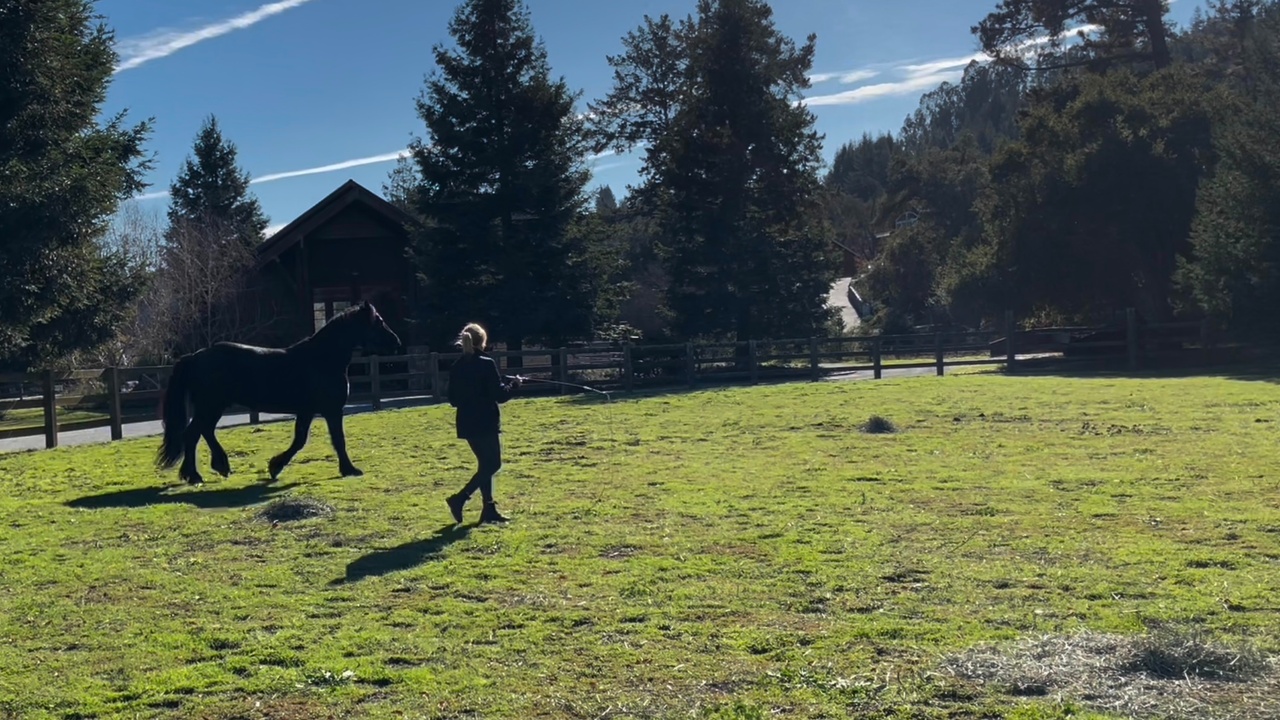
I have had horses all my life and started training for competition at the early age of ten in Indio, Ca. on my family's ranch. My approach was to bring a horse along in creative ways. Before I started a horse in training, I made them a family pet from the ground first, and then I creatively developed the horse for riding and showing. It was easy for me because of the bond I shared with my horses. By the time I was 14 years old, I had trained and showed three horses successfully — Mustang, who was a Mustang, in Western pleasure, Muretta Marjolaine, an American Saddlebred mare, in three gated park horse classes, and Rizeta, an Arabian mare, in English and western pleasure.
I would have never thought of teaching my training methods to others if it hadn’t been for my experience working for Augie Handley at Shadowland in La Jolla, CA. When he hired me, my job was to start off-the-track racehorses for junior riders and give hunter and jumper lessons in equitation. Augie encouraged me to t...
Achieving Resonance With A Horse
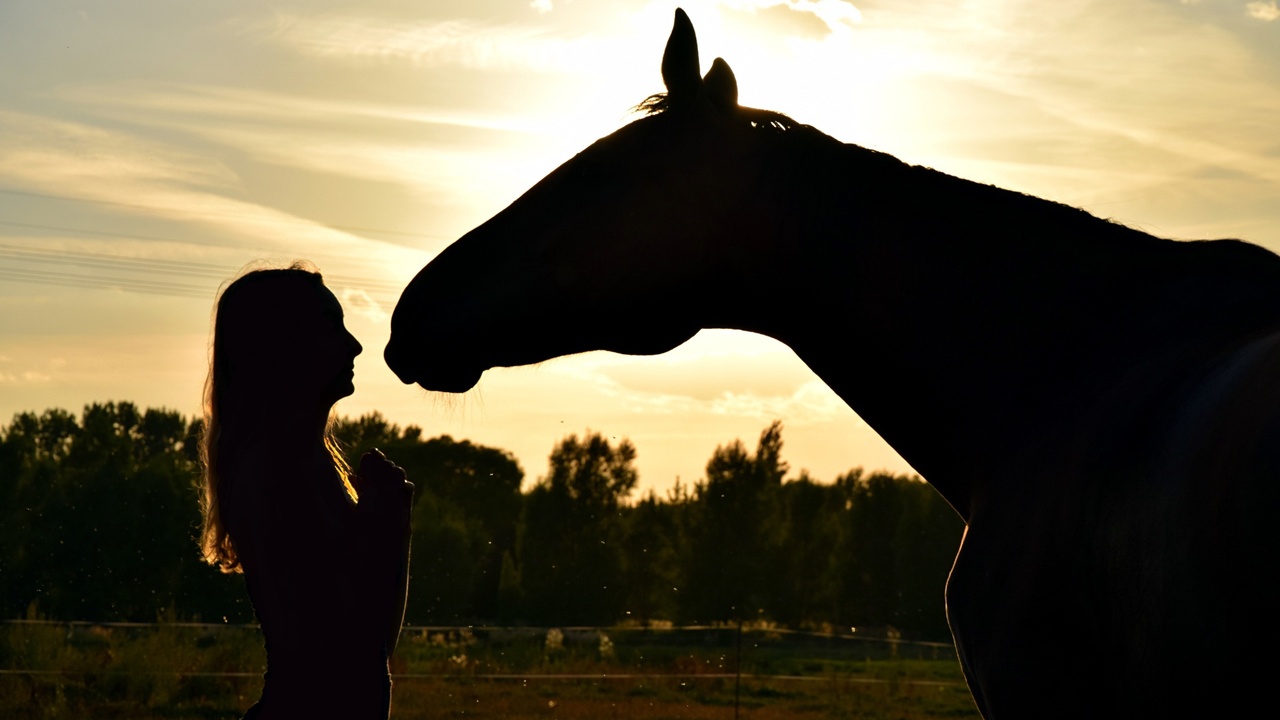
We realize the sensitivity of horses; we also see that horses are resilient with a powerful spirit. We horse lovers have been drawn to horses for centuries. Horses possess a freedom that we humans search for. From our connection to horses, we strengthen our spirits.
Through the ages that horses and humans have shared the world, horses have overwhelmingly suffered because of humans’ self-serving nature.
A new consciousness is growing to give horses a better deal by taking a deep look into a horse's emotional, physical, and spiritual well-being. Rather than attempting to harness their soul in an afternoon, there is more interest in taking time to get to know a horse’s personality and developing a heart connection by keeping company with your horse to get to know him or her better.
Meditation in the Company of Your Horse at Liberty
I have felt that meditation in your horse's company brings a sense of well being to both the horse and human, which opens the door to sharing resonance ...
Ending Weaning Trauma
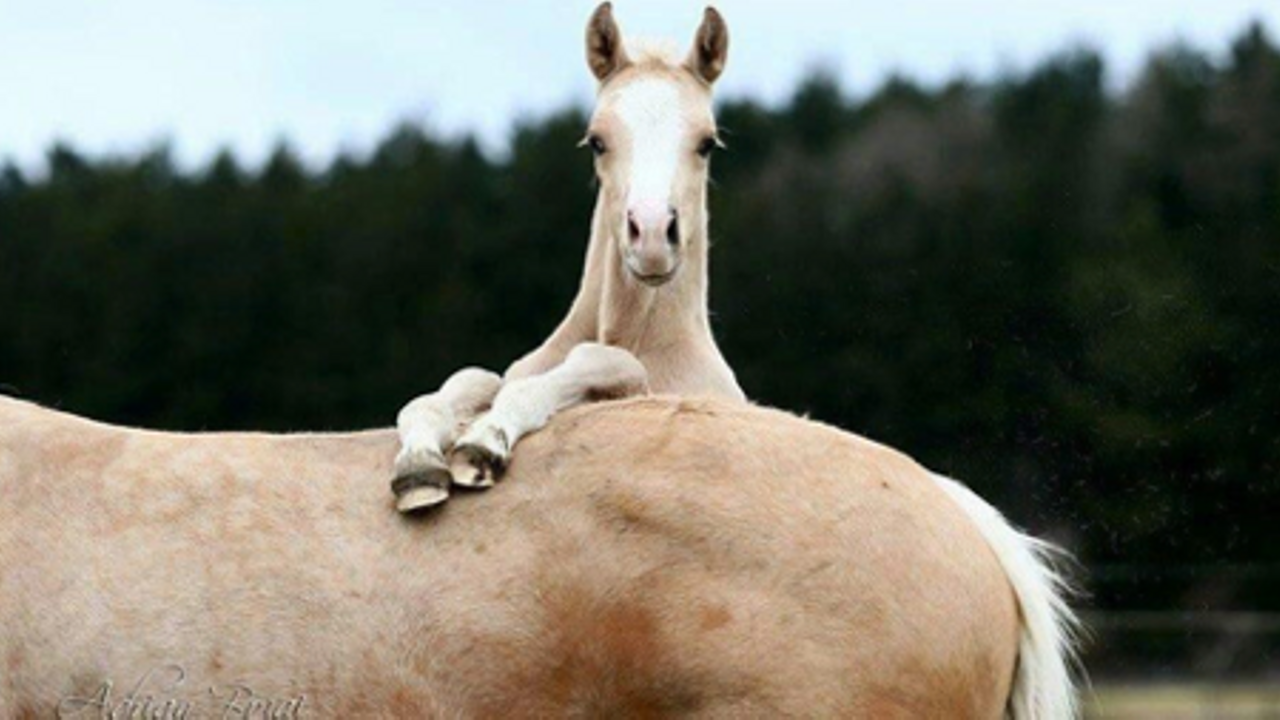
Years ago I developed a way to wean foals that did not create trauma. I used the approach for over twenty years. During that time, I learned that horses that grew up being weaned in this manner were smarter and had a deeper sense of well-being created by the trust they had in human beings. I feel one of the biggest opportunities we have to build trust with horses can be accomplished at weaning.
There were two reasons that I did not want a foal to experience trauma. The first being my understanding of the suffering that they go through. Ripping a foal from its mother as a way to wean is torture. I also felt that by avoiding the trauma I would create a super horse that could connect with humans. What I discovered was that less training was needed, and horses that were weaned without trauma were amazing partners as family pets and as performance horses. They excelled to the best of their ability.
I began the process of weaning at around three months, or when the foal was interested in...
Connecting with Herd Bound Horses To Help Them Get Over Their Separation Anxiety

Herd-bound horses can be difficult to manage if you force them to separate from other horses they don’t want to leave. For this reason alone, it’s important to help a horse overcome the overwhelming need to stay with the herd.
When working with horses at liberty, it’s crucial to remove herd-bound behavior to help your horse focus on you and allow the connection between you to grow. When I first began Liberty Training in The Carolyn Resnick Method, my horses were extremely herd-bound, and it was challenging to work with them individually. Carolyn shared some exercises with me to help them overcome the fear of being separated, and now I’m going to share them with you. These exercises are a fun way to train your horse to release herd-bound behavior. It’s certainly more enjoyable for horses to play these games rather than being forced to accept separation. In the Resnick Method, we always seek ways to connect with our horses, aiming for a resounding “YES!”
This first exercise requires ve...
Communicating with Horses: Eyes, Facial Expressions, and Body Language
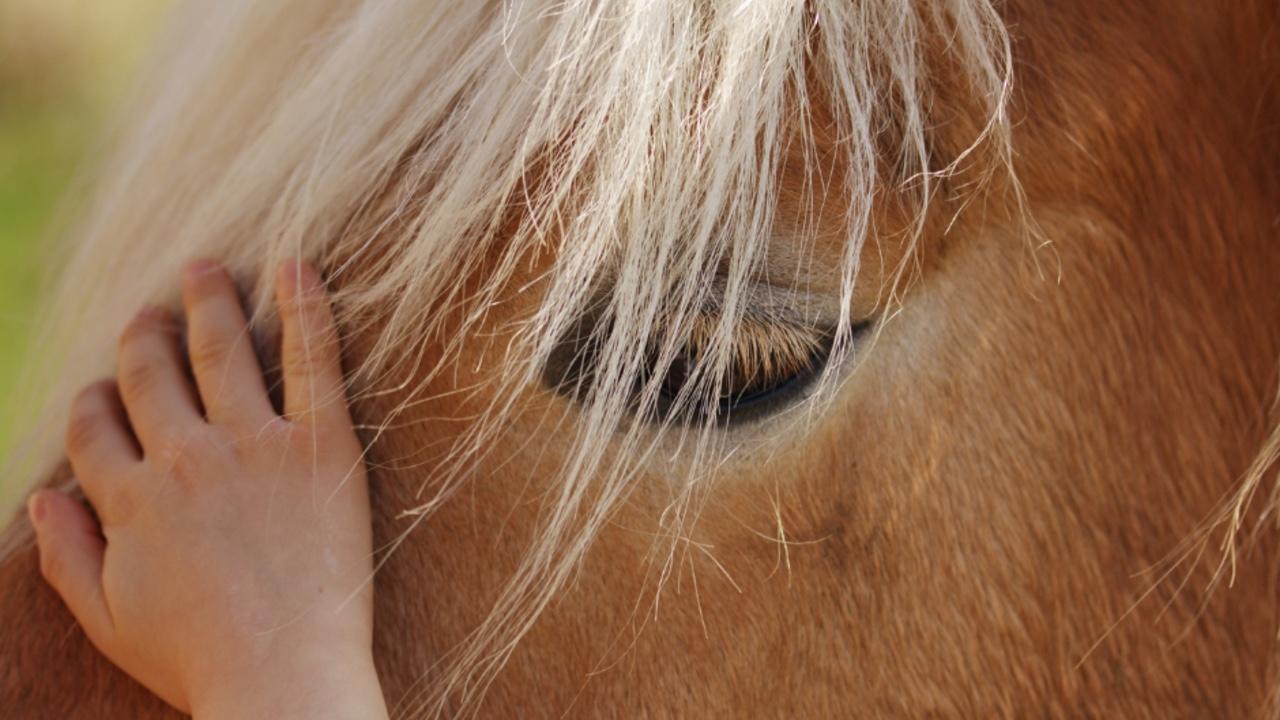
As a horse trainer and breeder most of my life, in my late thirties (oh, to be that young again!), I discovered something that I was not ready to accept. It was something I read in Robert Vavra’s book, Such is the Real Nature of Horses. He wrote that horses communicate through eye expressions. As a student of horses, studying the social behavior and culture of horses, I couldn’t believe that this could be so. I thought horses read facial expressions and energy but I hadn’t thought about how the eyes alone could play a part in communication.
I had a mind for details, I found how wild horses in nature create harmonious herds through a code of conduct that had yet to be discovered. It took a comprehensive effort to pay attention to the slightest nuances for anything a horse might be doing as a way to communicate. I was also aware that horses and I were communicating better than most people do with each other. I didn’t see the value of the eyes playing an active part in communication, esp...
Conscious Connection With Horses
(Nan Zintsmaster and Pericles share their first dance after just 8 weeks of practicing The Resnick Method of Horsemanship)
Conscious Connection With Horses
I love the term 'conscious connection’ with horses and I feel that it is spot on with what we at The Resnick Method of Horsemanship teach our students. Over the years, as people have become more evolved in their understanding of how to gentle horses safely and humanely, horses are slowly getting a better deal. Whenever I ask someone what drew them to The Resnick Method they usually say they were looking for a kinder and gentler approach to horsemanship. Although these same people know that they want something different, they don’t always know what that looks like, or how to achieve it.
So, what is a conscious connection with horses?
Creating a sacred space, only interacting with horses when our entire being is focused on the horse, having the awareness to read the horse’s responses to your requests, and a knowledge of how to fi...
Here Are 5 Tips To Create An Amazing Relationship With Your Horse And ROCK 2021!

Had a rough year? Really, who hasn’t?
For those of you with horses, hopefully, you have been able to spend time with them and got some reprieve from the isolation of this crazy time in 2020.
Many of you may not have been able to spend as much time as you wanted to with your horse and feel that it is time to make a change.
2021 is almost here and it's a good time to plan to have the best year ever with your horse. Try these 5 tips and step into the New Year with success!
- Create one or more rituals.
Rituals give structure to our time, especially when we often only have limited time with our horses each week. You may already be practicing a ritual of meditation, or exercise, or spending quality time with your family. Double up on tasks and include your horse. Use the time you go to your horse to meditate, or read a good book, or listen to podcasts that you want to catch up on. Creating a regular time to spend with your horse during the week is a great way to impact an...
